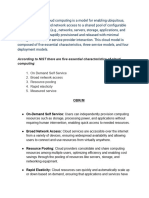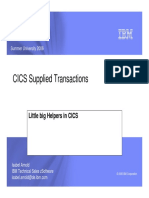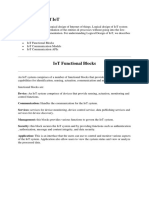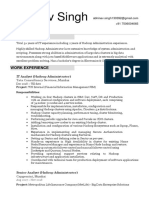0% found this document useful (0 votes)
38 views4 pagesMinor Unit3 Notes
3rd sem applied information technology unit 3
Uploaded by
sahilsahil69221Copyright
© © All Rights Reserved
We take content rights seriously. If you suspect this is your content, claim it here.
Available Formats
Download as PDF, TXT or read online on Scribd
0% found this document useful (0 votes)
38 views4 pagesMinor Unit3 Notes
3rd sem applied information technology unit 3
Uploaded by
sahilsahil69221Copyright
© © All Rights Reserved
We take content rights seriously. If you suspect this is your content, claim it here.
Available Formats
Download as PDF, TXT or read online on Scribd
/ 4





















































































































